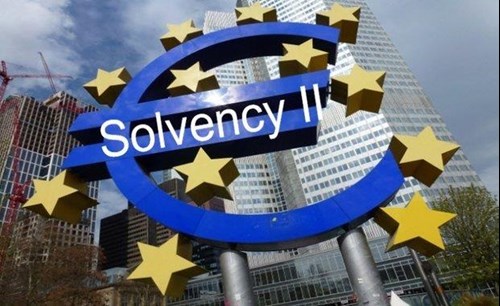

Weekly update - The question that dominates fixed income investors
As we move towards the fourth quarter of another extraordinary year, the hunt for yield in the UK corporate bond market continues to prove challenging with the principal question being “where do I find yield?”. As we run lists from the bond universe, we find ourselves struggling to achieve a 3% yield from suitable credits. What hasn’t helped bond investors is how active UK corporates have been in tendering to buy back their own bonds, many with attractive coupons that provided investors with some ‘running yield’, at premiums to already high cash prices. Whilst it’s comforting to take cash profits, the dilemma for bond holders is how to replace the coupon, especially without increasing credit risk.
To overcome the low yield environment, investors have two choices: go down the credit rating spectrum by buying the debt of less prudent borrowers or go down the capital structure by buying subordinated debt that may have lower covenants and security. The prospect of increasing the risk of default from low credit rated issuers would move us to favour the second option, moving down the capital structure to subordinated ranked debt on higher quality issuers.

One sector where we have seen plenty of new issuance with attractive coupons is from the insurance sector. This has principally been in a new form of debt called Restricted Tier 1 Capital (RT1) loss absorbing instruments. Just last week Bupa was the latest Insurance company to tender a fixed coupon (5%) issue with a defined maturity (2023) at a price well above par (£107). It followed this by announcing plans to issue its maiden RT1 perpetual issue.

This RT1 form of debt for the insurance sector has emerged as a result of an EU directive referred to as Solvency II which was adopted by all 28 member states, including the UK, and implemented on 1st January 2016. It imposes risk-based capital requirements, with the principle aim to ensure insurance companies hold sufficient contingency capital on their balance sheets to mitigate the risk of insolvency from shock or adverse effects. The Directive requires Insurance companies to model risk events that are inherent in their businesses and ensure there is sufficient capital on the balance sheet to absorb a worst case scenario without going insolvent. A solvency ratio of >100% suggests an insurer can withstand a severe shock, such as a catastrophic natural disaster or a 2008 style crash in financial markets. Most insurers will run solvency ratios of 165% or more to provide comforting buffers to this requirement. Companies that issue RT1 debt will all have predefined capital requirements with the following characteristics;
- Solvency II Capital Requirement (SCR) - The amount of capital (own funds) that an insurance company is required to hold to have 99.5% confidence it can survive negative events and meet its obligations to policy holders and beneficiaries over the next 12 months.
- Solvency II Ratio; Capital (own funds) / SCR
- Minimum Capital Requirement (MCR) - Absolute minimum level of capital an insurer must hold.
In the event of one of the above triggers being hit, bond holders would either convert into ordinary shareholders or in some cases suffer a full write down. Needless to say, this form of debt requires considerable due diligence and are likely to be more volatile than simple fixed coupon bonds with a defined maturity. However, despite the associated risks, most UK insurance RT1 issues do have an Investment Grade credit rating from at least one of the rating agencies, demonstrating confidence in the highly regulated environment insurance companies operate within and the strict controls over minimum capital thresholds and high levels of surplus capital the regulations encourage. All RT1’s are perpetual without a fixed maturity with the first call date being standardised between seven to 10 years out.

Moving away from the corporate bond market or in fact in the absence of income in the bond market, we continue to see value for income orientated mandates in bond proxies such as listed infrastructure funds. We have been long term investors in the space which now spans Social infrastructure (schools, hospitals, roads), Renewable Energy Infrastructure (biomass, solar, wind, battery storage) and now Digital Infrastructure (datacentres, fibreoptic networks, 5G masts). In each case public investors have helped fund the critical infrastructure required for a changing world and are rewarded with long duration, predictable annual income streams typically sourced from strong credits (Governments, Utilities, and now Global Technology and Telecoms giants). Similar to bonds, listed infrastructure funds typically exhibit low volatility and low correlation to equity markets.


